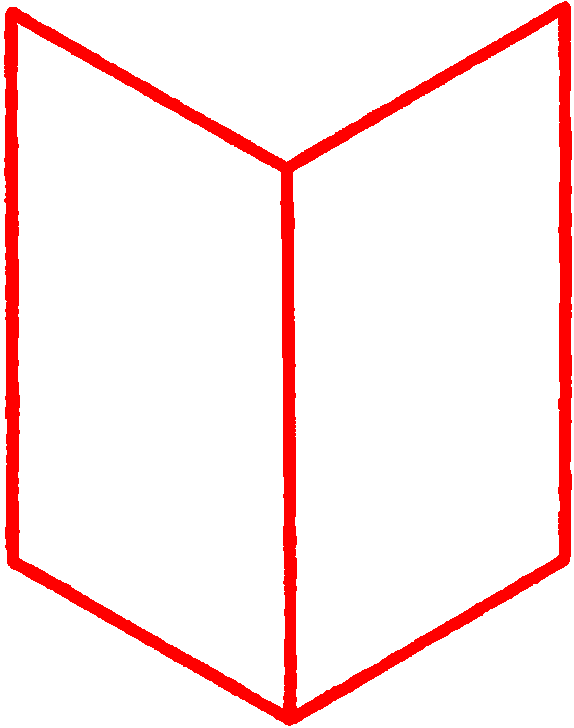One can imagine a scenic afternoon at Hardwick Hall in the summer of 1666, when the game of court tennis was at its height: Margaret Cavendish, prolific British author of works in philosophy, physics, poetry, fiction, and theater, sits with her husband, William Cavendish, First Duke of Newcastle, in a small viewing gallery, peering through a narrow netted opening into a large, enclosed court. Two men, her step-grandson William Cavendish, Third Earl of Devonshire, and Thomas Hobbes, longtime tutor to the Cavendish family, face each other across a sagging net. Hobbes, standing at the service end, his large body turned away from the audience, raises his wooden racket with its bent head, and serves a small ball onto the sloping roof of the far left wall, initiating play.

